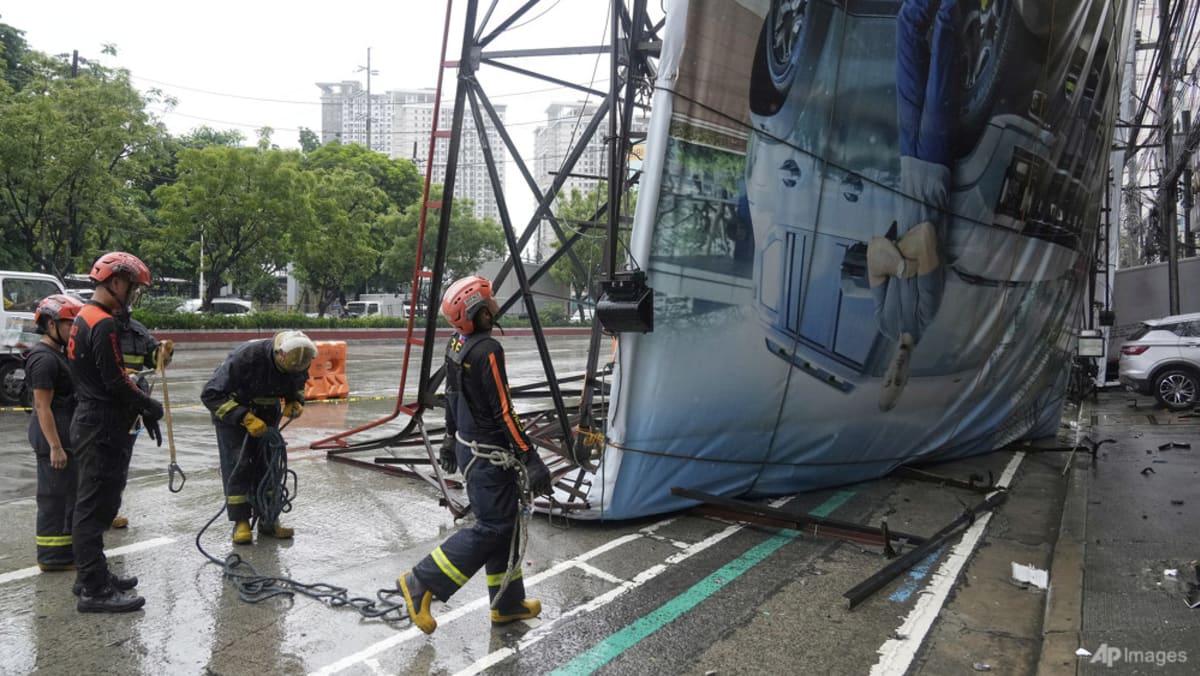Tropical Storm Wipha has transformed into a menacing typhoon, battering southern China and Hong Kong with fierce winds exceeding 167 kilometers per hour. The storm has sent shockwaves through these coastal regions, leading to the issuance of Hurricane Signal No. 10 in Hong Kong. Authorities are bracing for impacts that include the cancellation of flights, transportation disruptions, and potential evacuations, as residents are urged to take shelter from the raging gale and torrential rain.
Before making
Did You Know
Your taste buds have a lifespan of about 10 to 14 days, after which they are replaced.
?
AD
landfall, Wipha wreaked havoc across Taiwan, leading to travel chaos as flights and ferry services were suspended. The storm’s trajectory included a significant impact on the Philippines, where high winds caused damage, including toppling structures. As Wipha approaches the southern coast of China, reports indicate hundreds of thousands of residents in vulnerable areas like Guangdong province are under evacuation orders, highlighting the storm’s capacity to cause widespread disruption and dislocation.
Amid ongoing struggles, emergency services remain on high alert, ready to respond to the devastation as it unfolds. A vessel collided with a pier in Sai Wan due to the high winds, although no injuries were reported. As the community rallies to prepare for the storm's full impact, the resilience of Hong Kong and southern China will be put to the test as they navigate the challenges posed by Typhoon Wipha. The coming hours will reveal the full extent of the storm's fury, but anticipation grows for the resilience of the affected populations.
Q&A (Auto-generated by AI)
What are the impacts of typhoons on Hong Kong?
Typhoons significantly impact Hong Kong by disrupting daily life, causing flight cancellations, halting public transport, and leading to school closures. The strong winds and heavy rains can cause property damage and flooding, particularly in low-lying areas. Emergency services often prepare for evacuations and provide public safety information. The economic effects are also notable, with businesses impacted by closures and loss of productivity.
How does T8 signal affect daily life?
The T8 signal indicates a serious threat from a tropical cyclone, prompting immediate safety measures. When issued, residents are advised to stay indoors, and many businesses close. Public transport services are often suspended, and flights are canceled, significantly disrupting travel and commerce. The T8 signal helps ensure public safety by alerting citizens to the potential dangers posed by high winds and heavy rainfall.
What measures are taken during typhoons?
During typhoons, Hong Kong authorities implement several measures to ensure public safety. These include issuing storm signals, closing schools, and suspending public transport. Emergency services are on standby for evacuations and to assist those in need. The government also disseminates information on safety precautions, such as securing property and avoiding travel. Residents are encouraged to stock up on essentials and remain indoors until the storm passes.
What is the history of typhoons in Hong Kong?
Hong Kong has a long history of typhoons, with significant storms recorded over the past century. The region's geographical location makes it susceptible to tropical cyclones, particularly during the summer months. Notable typhoons include Typhoon Wanda in 1962 and Typhoon Hato in 2017, both of which caused extensive damage and loss of life. The city's infrastructure has evolved to better withstand tropical storms, but the threat remains a serious concern.
How do typhoons form and strengthen?
Typhoons form over warm ocean waters, where heat and moisture create low-pressure systems. As warm air rises, it cools and condenses, releasing latent heat, which further fuels the storm. Typhoons strengthen when wind patterns are favorable, allowing them to draw in more warm, moist air. Conditions such as low wind shear and warm sea surface temperatures contribute to their intensification, leading to stronger storms with higher wind speeds.



















